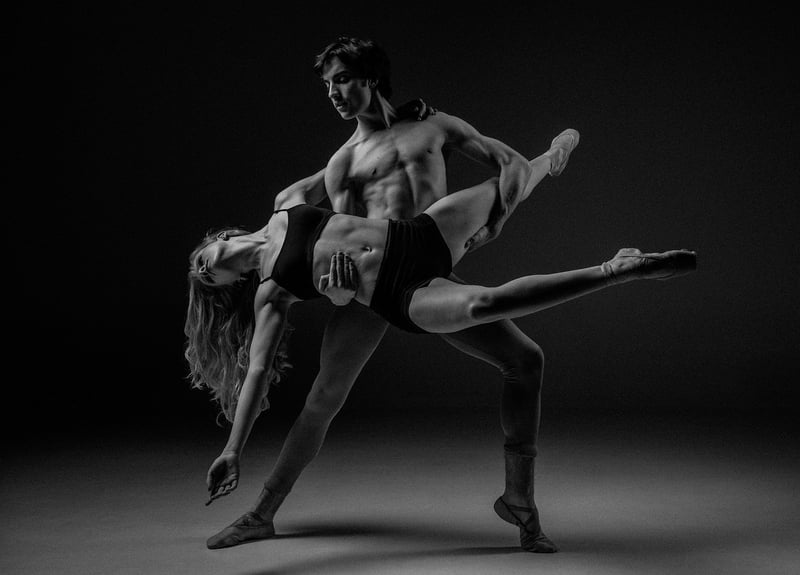Contemporary
Exploring Expressive Movement Forms in Contemporary Context

Expressive movement forms have been an integral part of human expression since ancient times, evolving and adapting to contemporary contexts. In the realm of contemporary art and performance, these forms continue to captivate audiences and provide a platform for creative exploration.
The Evolution of Expressive Movement Forms
From traditional dance to experimental physical theatre, expressive movement forms have undergone a significant transformation over the years. While rooted in cultural traditions and rituals, contemporary expressions have pushed the boundaries of movement, incorporating elements of technology, multimedia, and interdisciplinary collaboration.
Key Elements of Contemporary Expressive Movement
- Fluidity: Contemporary movement forms often emphasize fluid and continuous motion, blurring the lines between dance, theatre, and visual art.
- Emotion: Embracing a range of emotions, from joy and passion to sorrow and introspection, contemporary movements aim to evoke powerful responses from the audience.
- Interactivity: With the rise of interactive technology, performers and audiences can engage in dynamic exchanges, creating immersive and participatory experiences.
- Social Commentary: Many contemporary movement pieces reflect on societal issues, political landscapes, and cultural norms, using the body as a powerful tool for expression and critique.
Exploring Boundaries Through Movement
Contemporary artists and choreographers are constantly pushing the boundaries of what movement can convey and how it can resonate with modern audiences. Through innovative techniques, unconventional spaces, and collaborative efforts, they challenge traditional notions of performance and invite viewers to engage with movement in new and exciting ways.
The Impact of Technology on Expressive Movement
Advancements in technology have revolutionized the way expressive movement forms are created and experienced. Motion capture, virtual reality, and digital enhancements have opened up a world of possibilities for artists to explore movement in unprecedented ways, blurring the lines between the physical and the digital realms.
Whether through intricate choreography, improvisational techniques, or site-specific performances, contemporary expressive movement forms continue to captivate and inspire audiences around the world, offering a glimpse into the ever-evolving landscape of artistic expression.
Join us on this journey of discovery as we dive into the mesmerizing world of contemporary expressive movement forms!
